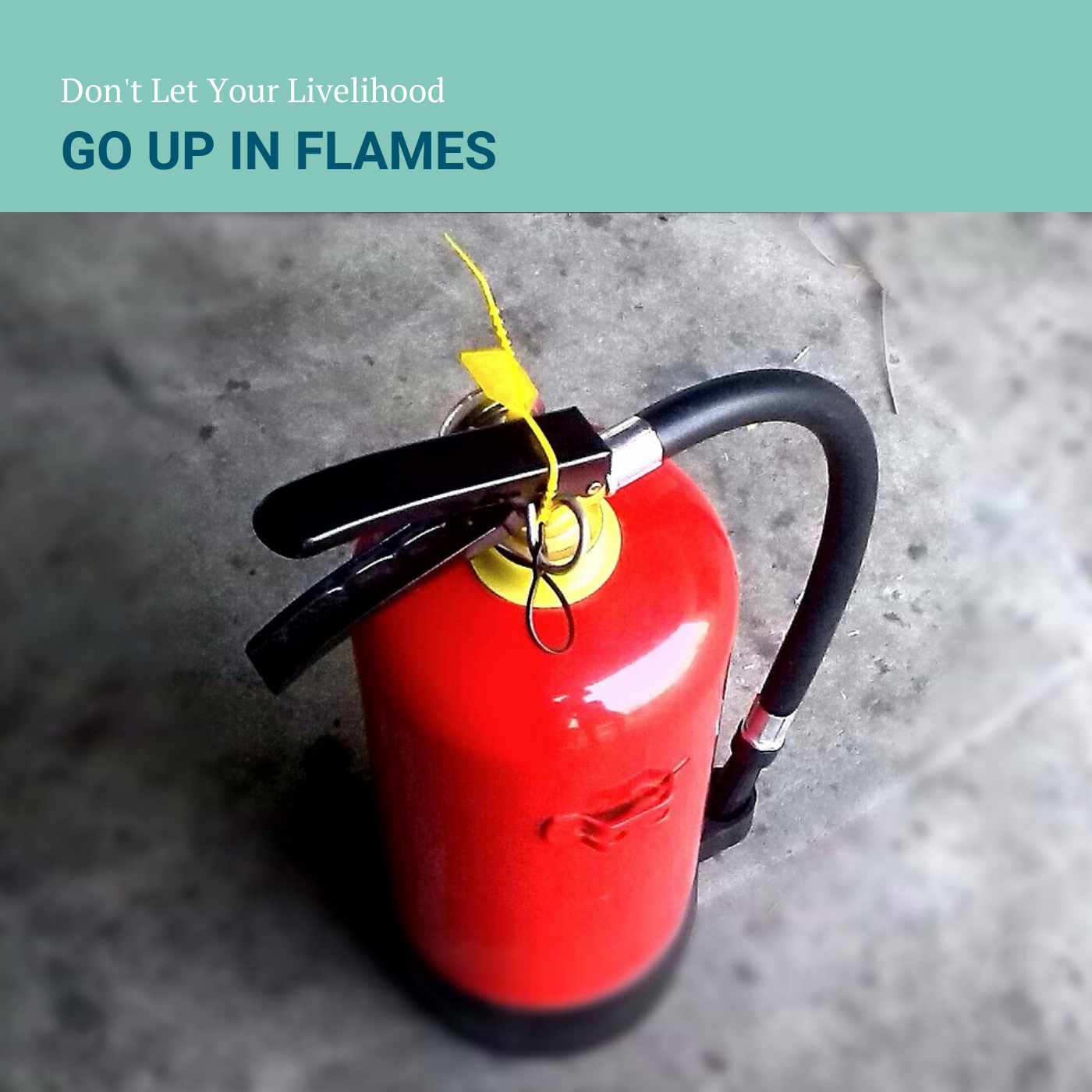The Great Escape: Having a Fire and Emergency Action Plan

by Gracie Hogue, BM
Does everyone at the practice know the drill if there were to be a natural disaster or emergency? It’s a great idea (and required by OSHA) to have a Fire and Emergency Action Plan in place that everyone at the practice knows and would instantly adhere to if there were a natural disaster or fire.
If you’re not sure about your practice’s plan, here are some suggestions for you:
- Have a designated place within the building that everyone would gather if there were to be a tornado. Usually the innermost room or hallway of the practice is ideal.
- For fires, the practice’s parking lot is usually the best place to gather. Be sure that the gathering area is a safe distance should the building collapse, and to give emergency vehicles plenty of room.
- Have a drawing of the practice’s layout made that shows emergency exits. Have this posted throughout the practice in heavy-traffic areas.
- Every 2-3 months, remind all staff in a meeting of the emergency exit plan and assembly points, and include it in all new hire trainings.
- Review the fire emergency plan in your OSHA Manual as a group at least annually and in all new hire trainings.
Review your exit checklists at least annually:
- Be sure that exits and exit routes are always unobstructed.
- Is each exit marked with an exit sign and illuminated by a reliable light source?
- Check if each exit is marked with an exit sign and illuminated by a reliable light source.
- Ensure that exit signs provided with the word “EXIT” in letters at least 5 inches high with lettering at least 1 inch wide.
- Have at least two exit routes provided from elevated platforms, pits, or rooms where the absence of a second exit would increase the risk of injury from hot, poisonous, corrosive, suffocating, flammable, or explosive substances.
- Check if the number of exits from each floor of a building and from the building itself appropriate for the building occupancy. Revolving, sliding, or overhead doors do not count in this case.
- Can exit doors be opened from the direction of exit travel without a key or any special knowledge or effort?
- Ensure that where exit doors open directly onto any street, alley, or other area where vehicles may be operated, there are adequate barriers and warnings provided to prevent employees from stepping into the path of traffic.
- Check if glass doors or storm doors are fully tempered, and that they meet the safety requirements for human impact.
- Are exit stairways that are required to be separated from other parts of a building enclosed by at least one-hour fire-resistant walls (or at least two-hour fire-resistant walls in buildings more than four stories high)?
- Have the slopes of ramps used as part of emergency building exits limited to dimensions of 1 foot vertical and 12 feet horizontal.
Be sure that your practice would be able to work in unison if there were an emergency situation so that everyone can stay safe and sound.




